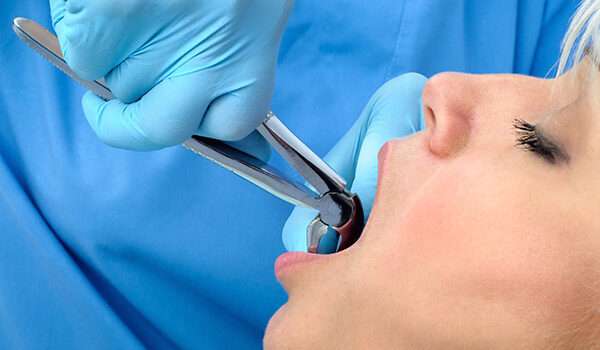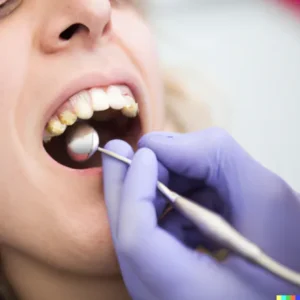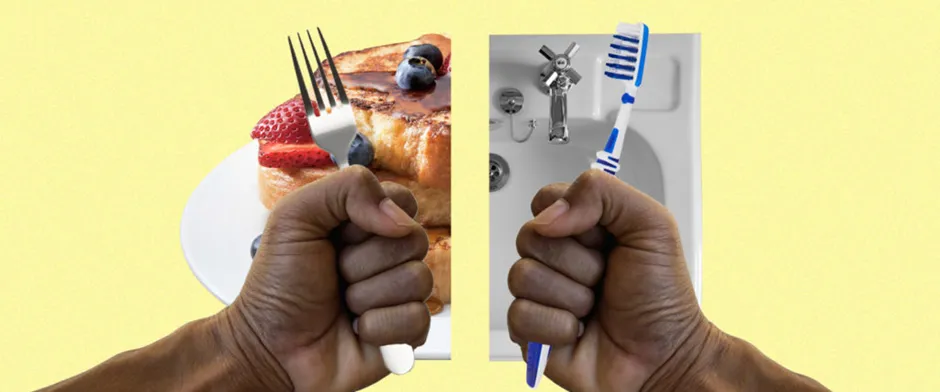
Tooth problems are common and many people will experience some form of tooth issue at some point in their lives. Some common tooth problems include cavities, toothaches and tooth sensitivity. Most of these problems can be addressed by dental fillings, root canals, oral antibiotics etc.
However, tooth extraction may be the only option if these treatments fail to treat the problematic tooth.
Having a tooth extracted can be a stressful and emotional experience. But please do not worry; your dentist or oral surgeon will do everything possible to make the process as smooth and comfortable as possible.
Are you concerned about dental issues? Please visit Dr. Suhrab Singh, an accomplished dental surgeon in Noida, for safe and effective treatment options.
What are the causes of Tooth Extraction?
There are several situations in which a tooth extraction may be required. Some common reasons for tooth extraction include:
Severe infection:
If a tooth is severely decayed or infected, and dental filling or root canal treatment cannot repair it, extracting it will prevent the infection from spreading.
Crowding:
If there is not enough room in your mouth to accommodate all of your teeth, your dentist may recommend extracting one or more teeth to create space.
Impaction:
If a tooth is stuck in the gums or jawbone and cannot emerge independently, it may need to be extracted.
Orthodontic treatment:
In some cases, tooth extraction may be necessary to create space for the teeth to be correctly aligned.
Wisdom teeth:
Wisdom teeth, also known as third molars, are the last teeth to emerge in the mouth and are often extracted if they are causing problems such as pain, infection, or crowding.
Highly-skilled oral specialist Dr. Suhrab Singh says, “Tooth extractions should only be performed as the last resort after your oral surgeon has carefully considered all other options.”
Procedure for a Tooth Extraction
The procedure for a tooth extraction depends on whether or not the affected tooth is easily accessible. The two procedures are:
Simple Extraction
This extraction typically involves using a local anesthetic to numb the area. The dentist then will loosen the tooth before removing it from the socket with forceps.
Surgical Extraction
Surgical tooth extraction is a more complex procedure used to remove teeth that are not easily accessible, such as impacted wisdom teeth or teeth that have broken off at the gum level.
Your surgeon will administer general an aesthetic so you will be asleep and not feel a thing. Then the surgeon will make an incision in the gums and remove bone or tissue to access the tooth. After this, specialized instruments will be used to remove the tooth.
“The specifics of the tooth extraction procedure may vary depending on the individual case and the difficulty of the extraction,” says Dr. Suhrab Singh.
Dr. Suhrab Singh has over 10 years of experience and is often regarded as the best dentist in Noida.
How does a Normal Socket look after Tooth Extraction?
After tooth extraction, the socket (the hole in the gums where the tooth was located) will typically look like a small crater. The socket will be surrounded by a small amount of swelling and may be covered with a blood clot. The socket will also be sore for a few days after the extraction and you may experience some swelling and bruising.
“Please ensure that you leave the clot in its place and not let it go dry. The role of the blood clot is essential as it helps to protect the socket and promote healing,” says well-known dental radiologist Dr. Suhrab Singh
Dry Socket vs Normal Socket
A dry socket is a condition that occurs when the blood clot does not form or gets dislodged from the socket. This can cause significant pain and delay the healing process.
Symptoms of a Dry Socket include
- Extreme pain that begins a couple of days after the tooth extraction
- Noticeable bone in the socket
- Foul-smelling or bad-tasting drainage from the socket
- Pain that travels from the socket to your ear, eye, neck, or temple area
Treatment for a dry socket usually involves cleaning the socket and placing a medicated dressing in the socket to help promote healing. Over-the-counter pain medications can also be used to manage pain.
Measures to heal pain after tooth extraction
After the extraction, your oral surgeon will provide instructions for caring for the socket and managing any pain and discomfort. This may include taking prescribed medications, avoiding certain foods and activities and keeping the area clean. These instructions are to help you minimize the time for recovery.
The socket will begin to heal over the first few days after the extraction. The swelling and bruising should start to reduce and the socket will begin to close up.
“Please follow your oral surgeon’s post-extraction instructions carefully to ensure that the socket heals properly,” says Dr. Suhrab Singh, a highly-qualified dental surgeon in Noida.
Will the tooth grow back after tooth extraction at an early age?
No, once a tooth is extracted, it will not grow back. Teeth are unlike other body tissues, such as skin or hair, which can regenerate or regrow after they are damaged or lost.
Once a tooth is extracted, it is permanently lost and it is essential to consider replacing it with a dental implant, bridge or partial denture to maintain the function and appearance of your smile.
“If a tooth is extracted at a young age, it is crucial to replace it, as the loss of a tooth can affect the alignment of the remaining teeth and the development of the jawbone,” adds Noida’s renowned dental specialist Dr. Suhrab Singh.
FAQs
How long does it take to extract a tooth?

Is tooth extraction a painful procedure?
The procedure may not be painful as the surgeon will typically administer the required anesthetics. Any post-surgery discomfort can be managed by medications.
Do other teeth get affected after a tooth extraction?
In most cases, tooth extraction does not directly affect other teeth. However, the tooth loss may cause the jawbone to resorb or shrink, causing the remaining teeth to shift and become misaligned.
Replacing the extracted tooth can help to prevent these problems and maintain proper oral function.





